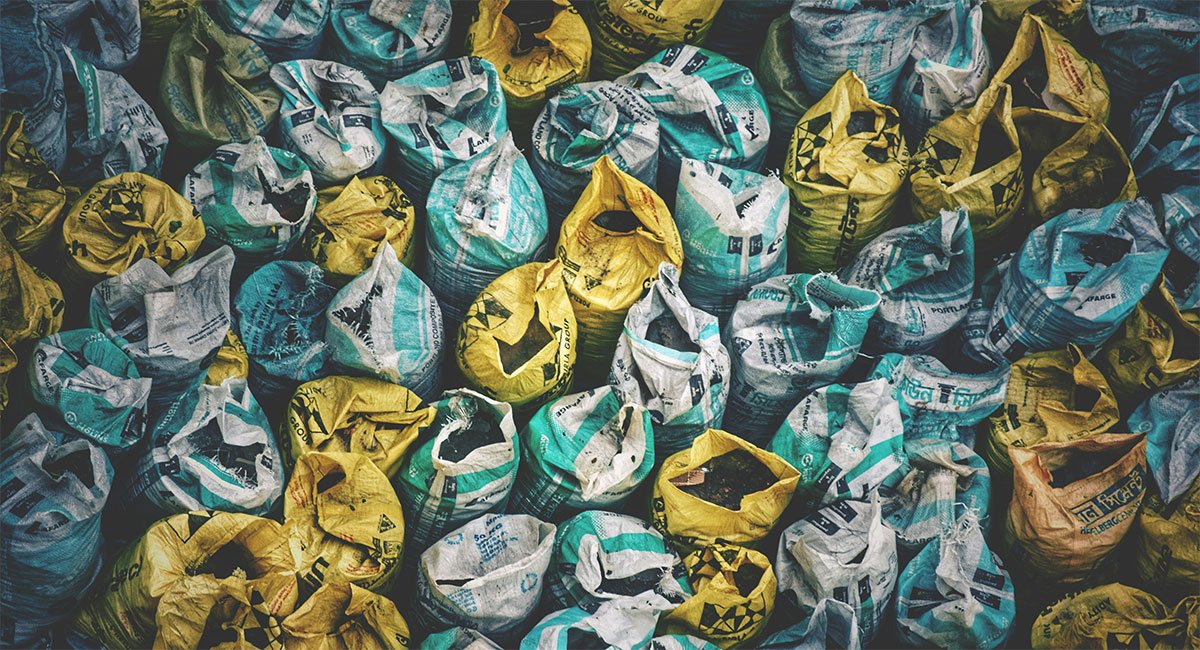A recently leaked KEBS report on cement quality seems to suggest so.
A major concern regarding structural integrity and safety among building and construction authorities and organizations around Kenya has been on the rise since the beginning of September 2024. This can be majorly attributed to a recently leaked KEBS report on the quality of cement produced by manufacturing companies in Kenya since February 2022.
The KEBS Report
In line with the Kenya Bureau of Standards’ mandate of testing and examining commodities to ensure they meet the set optimal standards of quality, the authority tested 21 samples from various undisclosed brands across the country in February 2022, as reported by the Business Daily.

-KEBS Managing Director Esther Ngari. Photo Credits: Business Daily
According to KEBS Managing Director Esther Ngari, the results from the test were alarming since more than half of the samples tested failed to meet the required quality standards. Some of the standards checked included:
- Chemical composition
- Strength of the cement
- Size and fineness of particles
- Reaction to environmental factors
- Quantity and quality of ingredients used
With only 38.1% of the samples meeting the set standards, KEBS’ MD further explained, while presenting to the cement sub-sector of the Kenya Association of Manufacturers (KAM), that the significant drop in quality resulted from counterfeiting and corner-cutting by manufacturers to increase their profit margins. The cost-cutting measures mentioned by the MD included using low-quality ingredients like clinker, inadequate process controls, and illegal activities such as adulteration.
“Adulteration can be defined as the process of intentionally making something poorer in quality through the action of adding another substance.”
– Cambridge Dictionary
These poor results led to a subsequent market survey that was conducted later in December 2023, where a larger sample pool of 41 samples was collected and tested. Following stringent measures and oversight from KEBS and other relevant authorities the previous year, the tests done in 2023 showed a significant improvement in the quality of cement with a 63.4% compliance rate. The KEBS MD also iterated that there was now strong compliance within critical parameters such as setting times, chemical composition, and strength, which were all at 90% and above.
However, this whole issue regarding the quality of cement has brought about many conversations in regard to the safety and strength of structures, especially given the housing construction boom that’s attributable to President William Ruto’s Affordable Housing Project.
The Affordable Housing Project & Collapsing Buildings

-Photo Credits: The Kenya Presidential Website
With the president planning on constructing 200,000 housing units annually, having poor-quality cement circulating in the building and construction market is no small thing. This raises major concerns about the safety and sturdiness of the homes constructed, as well as the buildings erected by other public and private organizations and individuals.
The National Construction Authority (NCA), in a 2019 report, stated that 186 buildings worth over Ksh 2.4 billion collapsed between 2009 and 2019. The primary cause of the collapses was due to poor workmanship as well as poor-quality materials including steel and cement, as stated in the NCA report. Since then, many more incidences of collapsing buildings have been reported with some construction organizations taking cement manufacturers to court due to substandard products.
An example of this is a Ksh 600 million claim that was filed to the High Court in 2020 against Bamburi Cement by Show Case Properties in a row over substandard ready-mix concrete that was provided to them. As Standard Media reported, the cause of the contention was a six-storied apartment they were constructing along Kirichwa Road in Nairobi County in 2009. After about two to three weeks of construction, Show Case Properties claimed that their structural engineers noted that the concrete used in the building was chipping off unusually and too easily.
Conclusion
With housing and building construction rates on the rise in Kenya, the surge in demand for cement and other building materials is inevitable. However, without the proper measures and quality control checks in place, it is easy for manufacturers to be tempted to produce lower-quality products to meet this great demand while also increasing their profits. KEBS and other building and construction firms and authorities, therefore, need to have strict regulations in place, more oversight on the production process, and implement heftier consequences to manufacturers for not meeting the set standards. This will deter the said manufacturers from taking shortcuts that could lead to the loss of many lives and ensure only high-quality products circulate in the market.


